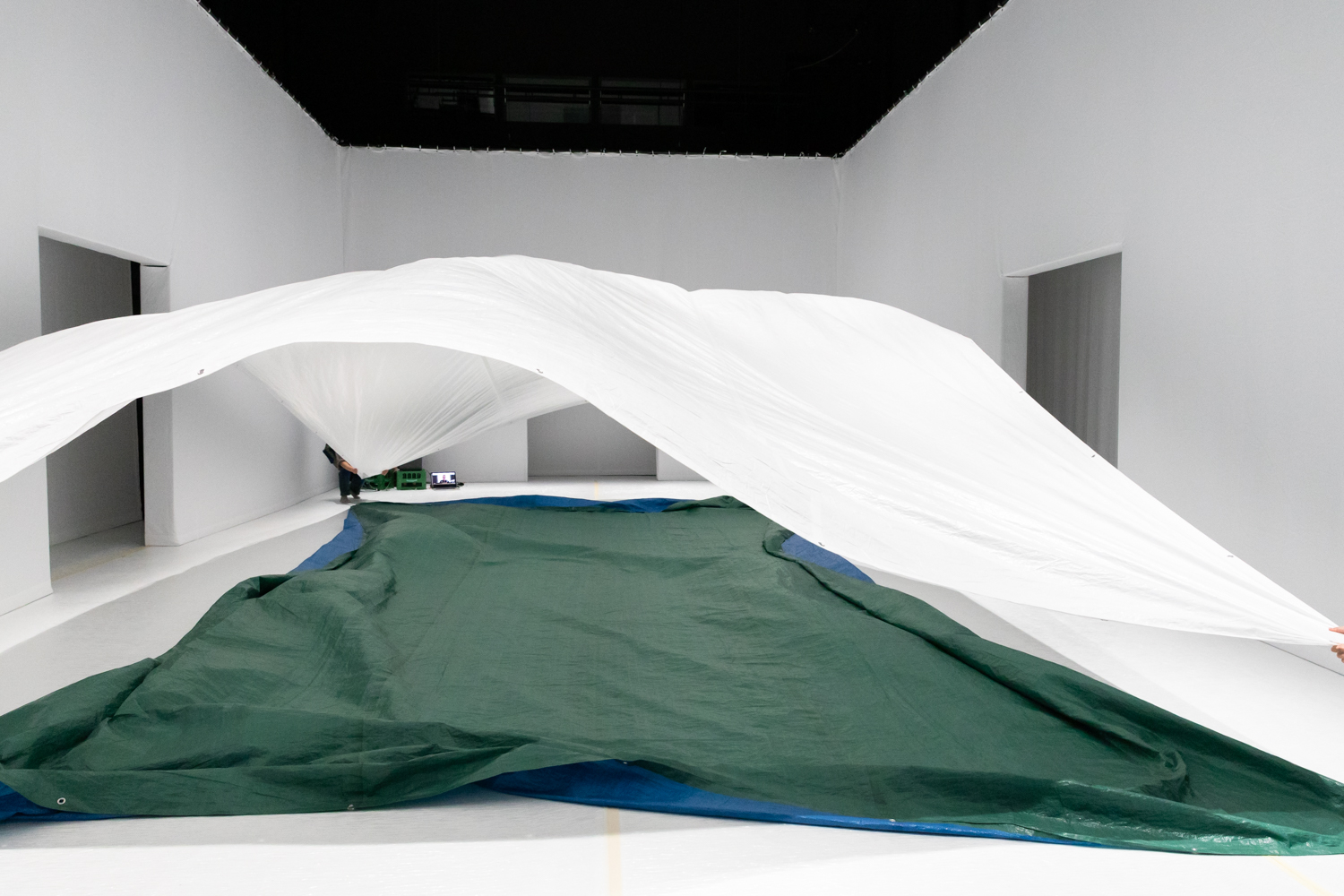
Hammamturgia
Artistic info
Direction: Tomàs Aragay
Hammamturgy: Tomàs Aragay y Sofía Asencio
Creation and performance: Sofia Asencio, Beatriz Lobo, Ana Cortés, Kidows Kim
Collaboration with conceptualization: Migue Martínez
Stage space advice: CUBE. SZ i Serrucho
Lighting and stage space: CUBE. SZ
Technical coordination: Celina Chavat
Dressing design: Jorge Dutor
Sound space: Maties Palau
Photo: Rebecca Bowring
Production: Imma Bové
Comunication and distribution: Sara Serrano
Co-production: Le Grütli, Centre de production et de difusión des Arts Vivants, Teatre Nacional de Catalunya, Azkuna Zentroa, Teatro Calderón de Valladolid, Auditorio de Tenerife, La Mutant, espai d’Arts Vives.
Hammamturgia generates and captures the flow of bodies and things in space, a succession that does not explain anything, but rather proposes and activates transformations, a choreographic work that works with space and time.
We understand hammamturgy as the other part of dramaturgy. Dramaturgy would thus be the action of creating, composing and performing a play. Hammamturgy, on the other hand, refers to a relationship with the atmospheric conditions that produce the transformation of the form/work, the step to take is to be inside, going through, to be what moves us and we do not see.
If dramaturgy is related to storytelling, and consequently an author is attributed to it (the playwright, the one who narrates and creates the drama), hammamturgy, for its part, is linked to happening, and would not then need a playwright who prescribe actions. I would accept, perhaps, some attorneys who attend to and act in relation to certain environmental conditions. That is why we say that hammamturgy is what happens—or what brings about change.
The space itself is being constructed and/or transformed during the action, in full view of the spectators.
This space is nothing more than a shared environment. An environment in which an outside is not distinguished from an inside. It is just a membrane, in which we breathe (and live, at least for this time) together.
We question the idea that one can be in an “outside”, where one can be a simple neutral observer. We are always in a shared environment: we are the environment, the environment is also us.
The form that this fact acquires in Hammamturgy is to make the environment, the environment and with the environment. In a way, we make the house from the inside, transforming little by little, gently, the place where we have arrived —and which we call theater— into another place.
We transform it and make this transformation visible. It is not about making an environment from beginning to end, but about doing something with the conditions that constitute it.

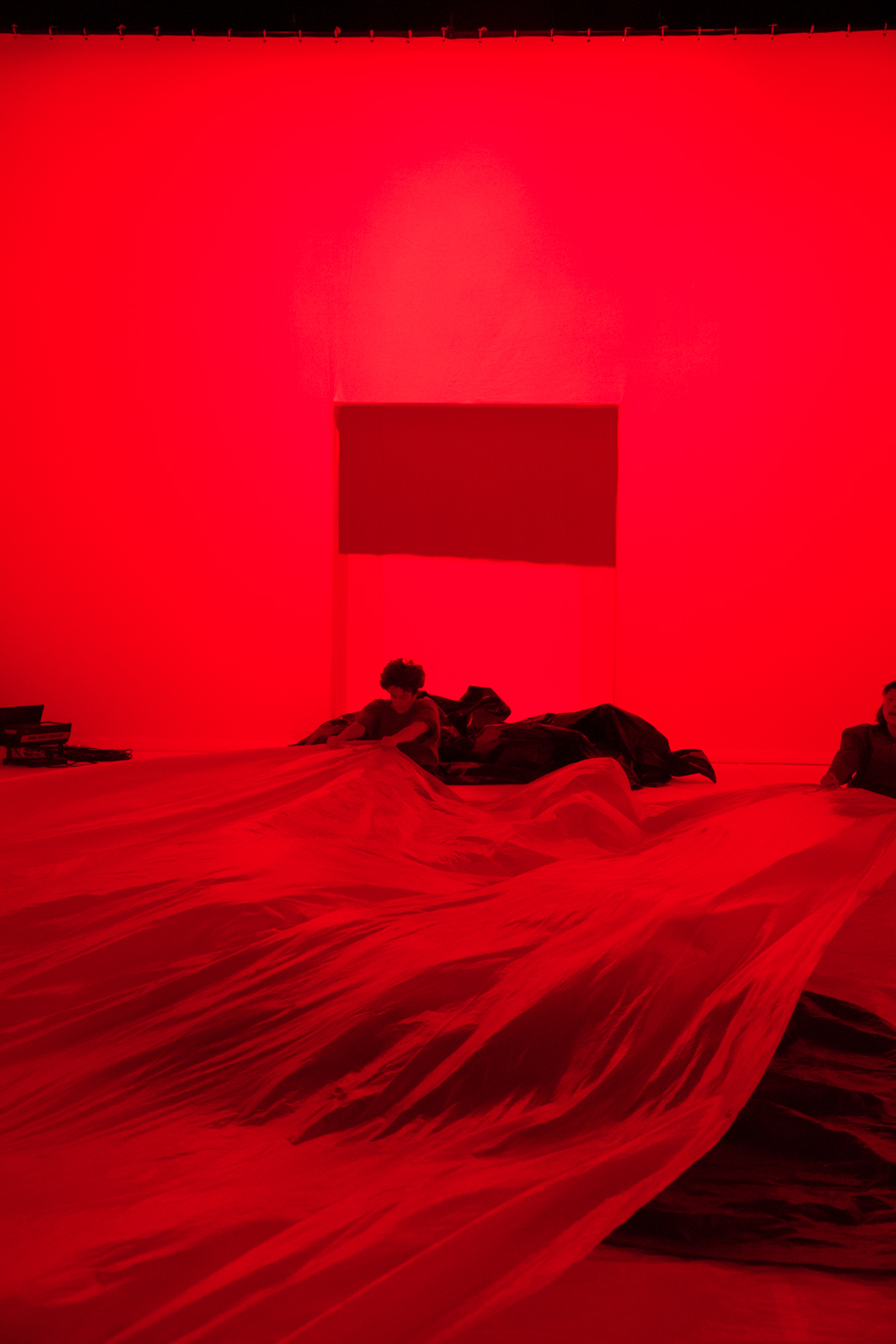
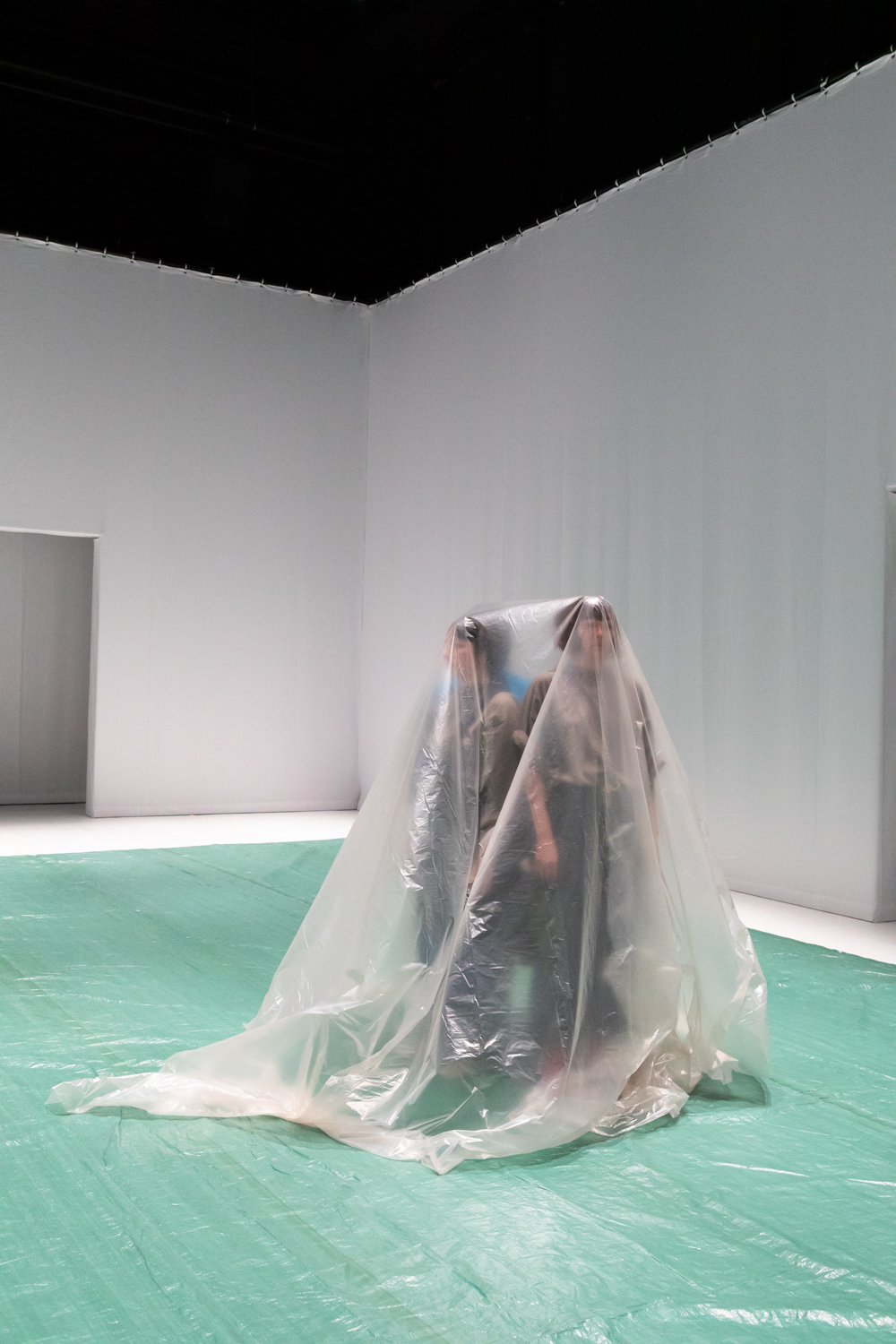
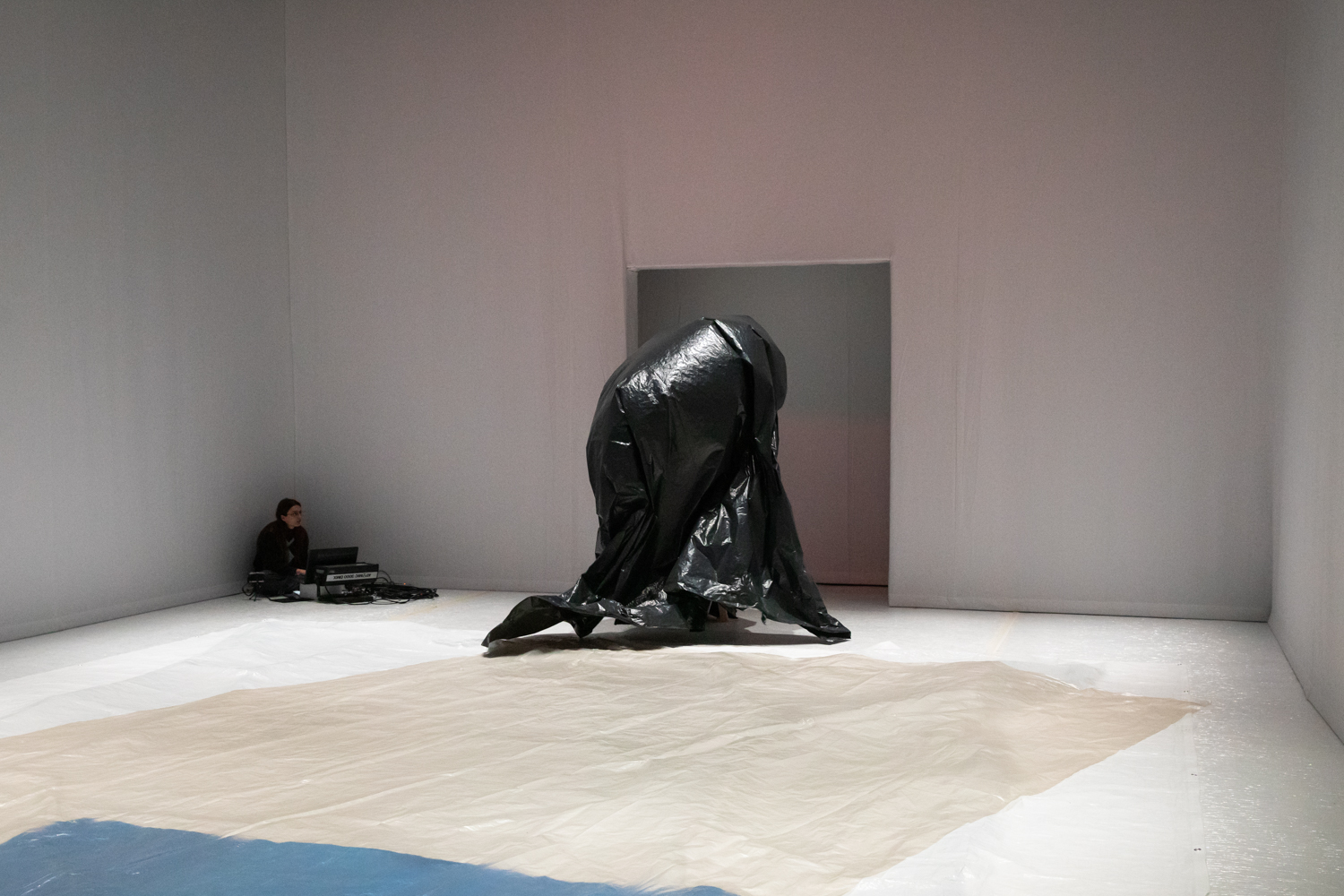
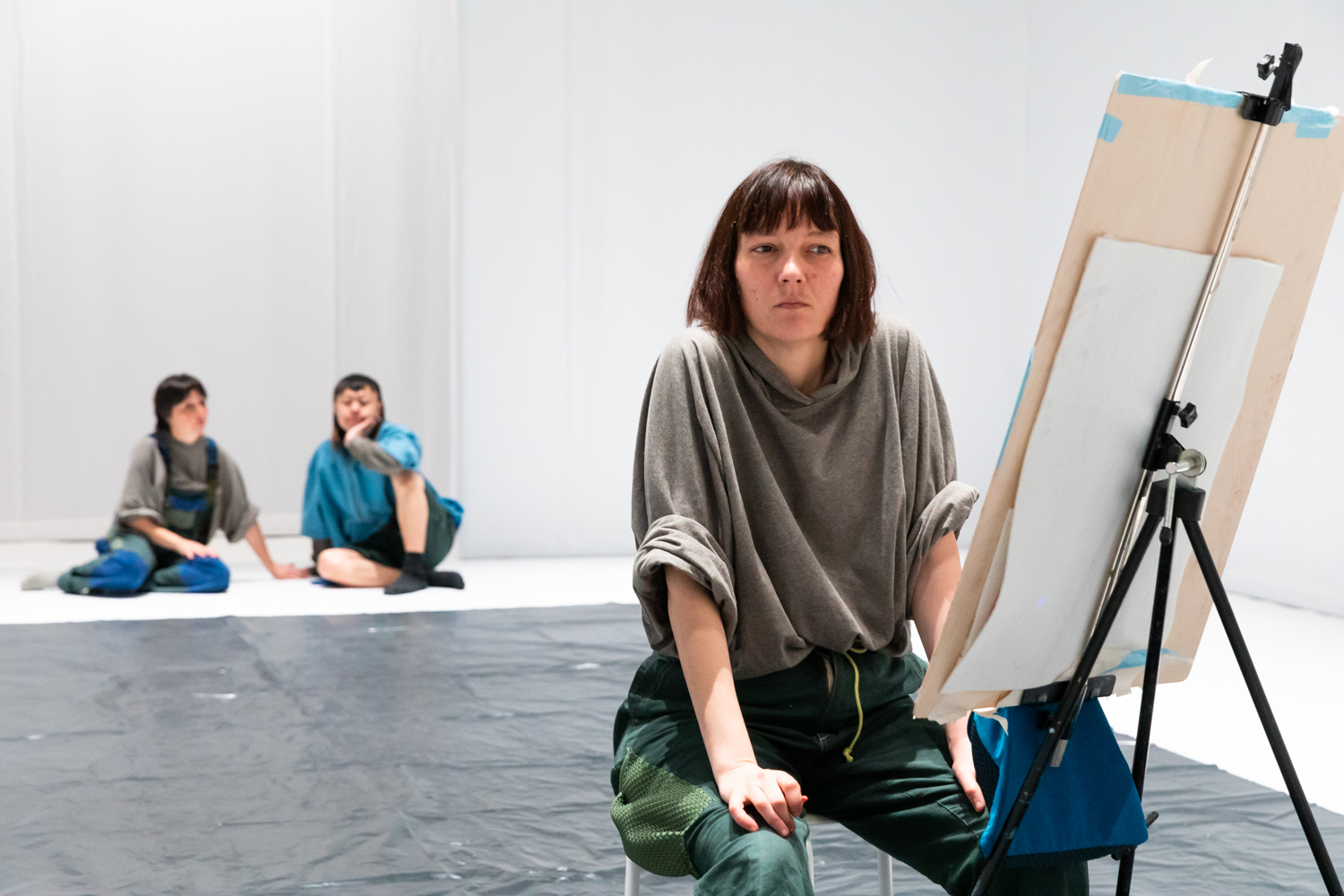
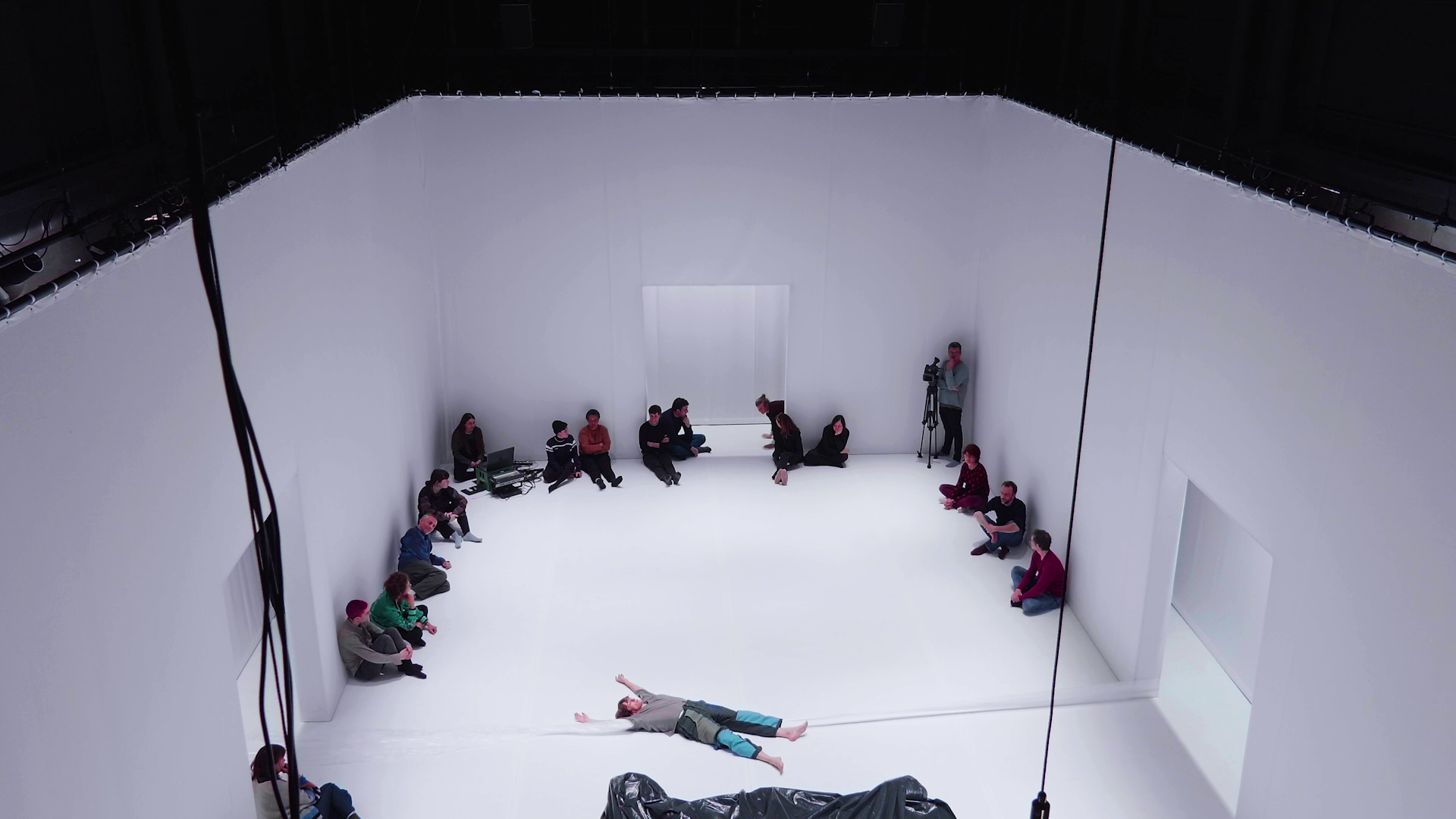

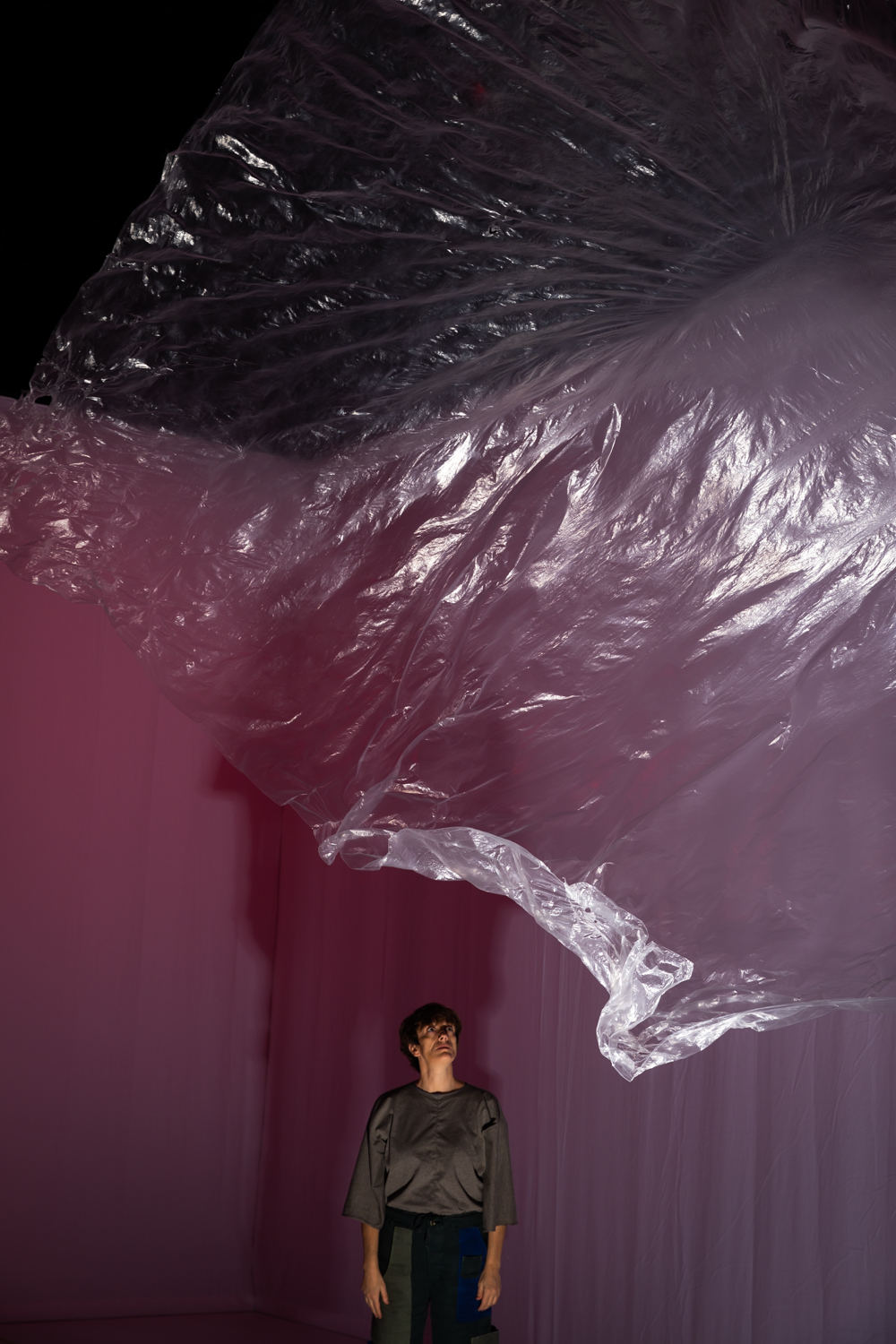
Hammamturgia generates and captures the flow of bodies and things in space, a succession that does not explain anything, but rather proposes and activates transformations, a choreographic work that works with space and time.
We understand hammamturgy as the other part of dramaturgy. Dramaturgy would thus be the action of creating, composing and performing a play. Hammamturgy, on the other hand, refers to a relationship with the atmospheric conditions that produce the transformation of the form/work, the step to take is to be inside, going through, to be what moves us and we do not see.
If dramaturgy is related to storytelling, and consequently an author is attributed to it (the playwright, the one who narrates and creates the drama), hammamturgy, for its part, is linked to happening, and would not then need a playwright who prescribe actions. I would accept, perhaps, some attorneys who attend to and act in relation to certain environmental conditions. That is why we say that hammamturgy is what happens—or what brings about change.
Our desire is that the space itself is being built and/or transformed during the scenic proposal, in view of the spectators. This will necessarily include, if we follow the principles of hammamturgy, audience and performers. This space, in fact, is nothing more than a shared environment. An environment in which an outside is not distinguished from an inside. It is just a membrane, in which we breathe (and live, at least for this time) together.
Thus we question, in a simple but radical way, the idea that one can be in an “outside”, where one could also be a simple neutral observer. We are always in a shared environment: we are the environment, the environment is also us.
The form that this fact acquires in the proposal is to make the environment, the environment and with the environment. In a way, we make the house from the inside, transforming little by little, gently, the place where we have arrived —and which we call theater— into another place. We transform it and/or make this transformation visible. It is not about making an environment from beginning to end, but about doing something with the conditions that constitute it.
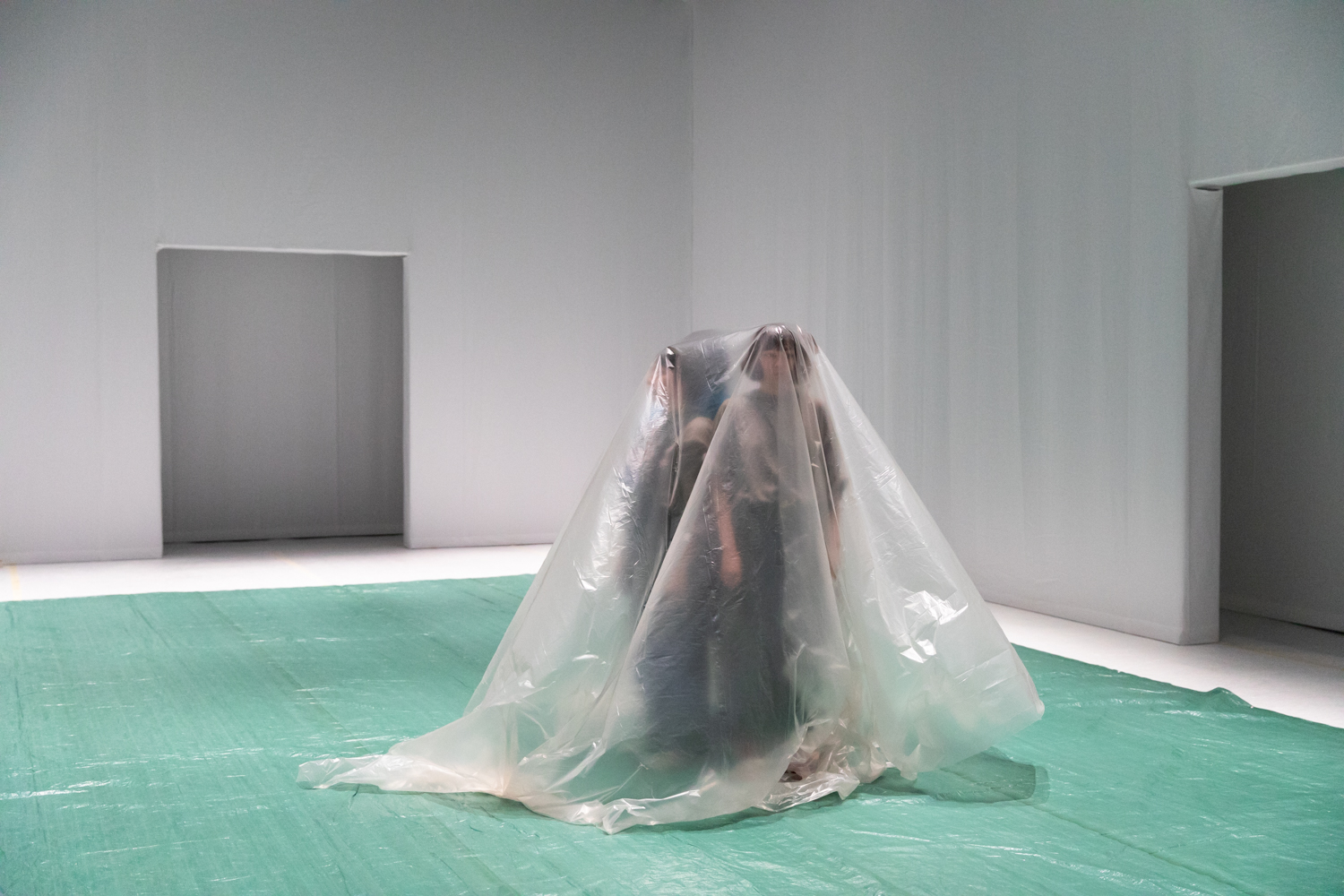



 Previous
Previous
